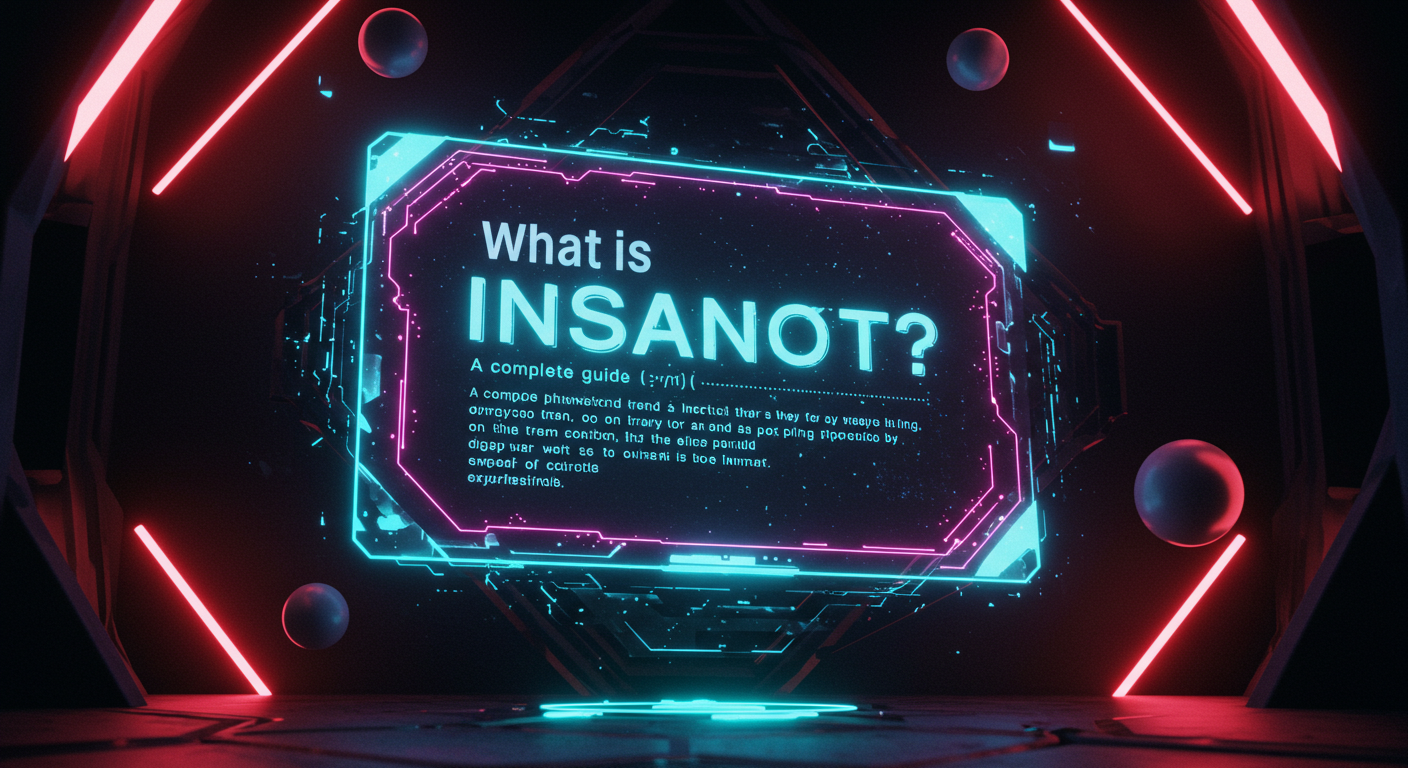In a rapidly evolving digital era, the term tran-DS emerges as a beacon of transformation in technology. More than just a keyword, tran-DS encapsulates the convergence of Transformation, Design, and Diversity—a concept poised to redefine how tech evolves to reflect identity and inclusion. This article delves into the heart of tranDS, exploring its significance, design implications, challenges, and future potential—all while maintaining keyword density under 5%.
Understanding tranDS: A New Tech Paradigm
-
What is tranDS?
At its core, tranDS symbolizes the synergy of Transference, Design, and Diversity. It refers to technology that evolves by integrating inclusive design principles, enabling diverse identities to shape how we engage with tech. -
Why “tran-DS” matters
As digital tools become central to daily life, ensuring they resonate with varied identities—from gender and background to ability—is critical. tranDS drives this shift toward technology that’s not only functional but reflective of human diversity.
The Pillars of tranDS
a. Transformation in Tech
Technology must evolve from one-size-fits-all solutions to adaptive, inclusive experiences. tran-DS pushes for continuous transformation—whether through AI that understands diverse contexts or interfaces that respect accessibility.
b. Thoughtful Design Integration
In tranDS, design isn’t superficial—it’s integral. Inclusive UX/UI, representation in avatars and icons, and customizable interfaces are all hallmarks. For instance, offering gender-neutral settings or avatar options, font size customization, and culturally sensitive visuals—all contribute to a tran-DS-aligned experience.
c. Diversity by Design
tranDS champions proactive diversity. That means diverse voices lead creative decisions, data sets reflect varied demographics, and design thinking accounts for intersectionality—from neurodiversity to cultural norms.
Why tranDS Is Critical Today
-
Reflecting Real Users
Tech should mirror real people. tran-DS ensures platforms resonate with identities that have often been sidelined—ensuring richer, more relevant digital experiences. -
Boosting Engagement & Trust
Inclusive tools foster deeper trust. Users who see themselves represented—and whose needs are actively considered—feel more engaged. -
Driving Innovation
Diversity fuels creativity. Inclusive teams generate breakthrough ideas, and tran-DS acts as a catalyst for innovation by blending multiple perspectives. -
Enhancing Accessibility
Inclusive design goes hand-in-hand with truer accessibility—benefiting users with disabilities and advancing universal usability.
Real-World Applications of tran-DS
-
Adaptive Interfaces: Apps that switch themes for visual impairments, or voice-paced reading modes for cognitive needs.
-
Inclusive Avatars/Profile Tools: Platforms allowing users to craft avatars with diverse skin tones, body types, and non-binary options.
-
Localization & Cultural Sensitivity: Interfaces that honor right-to-left scripts, celebrate cultural icons, and avoid culturally tone-deaf layouts.
-
Accessibility & Neurodivergent Support: Features like simplified mode, distraction-free layouts, and customizable triggers for input help users on the autism spectrum or with ADHD.
Obstacles to tranDS Implementation
-
Awareness Gaps: Many organizations lack understanding of inclusive design’s depth.
-
Resource & Expertise Challenges: Prioritizing inclusive features may seem costly or complex without specialized teams.
-
Data Bias: Without diverse data, AI-driven designs can reinforce stereotypes.
-
Intersectional Blind Spots: Users embody multiple identities, and tech must handle these overlapping layers gracefully—yet building intersectional inclusivity is still rare.
Best Practices for Embracing tranDS
-
Involve Diverse Voices Early
Let diverse groups co-create—from concept to testing—to ensure authenticity. -
Integrate Inclusive Design Frameworks
Use inclusive design checklists, accessibility audits, and persona workshops with varied identities. -
Use Diverse Training Data
Ensure AI models and datasets encompass varied cultures, languages, and abilities. -
Enable Personalization
Allow users control over gender pronouns, avatars, input options, and visual themes. -
Educate Teams
Invest in training on inclusive design, unconscious bias, and cultural competency.
Looking Forward: The Future of tranDS
In the next decade, tranDS will dominate tech evolution. Imagine: AI assistants that understand cultural norms or pronoun preferences; VR environments that adapt to neurodivergent sensory profiles; global apps that tap into diverse design archetypes across continents.
Moreover, as legislation and consumer demand shift, inclusive tech—embodied by tranDS—won’t be optional but mandatory. Companies that embrace it early gain market trust, talent retention, and long-term relevance.
Conclusion
tranDS is a bold vision for technology’s future—one where Transformation, Design, and Diversity are inseparable. It calls for tech that reflects, adapts to, and celebrates humanity’s rich spectrum. As we build the next generation of digital experiences, tranDS should be our guiding principle—ensuring tech is not just usable, but truly welcoming.






